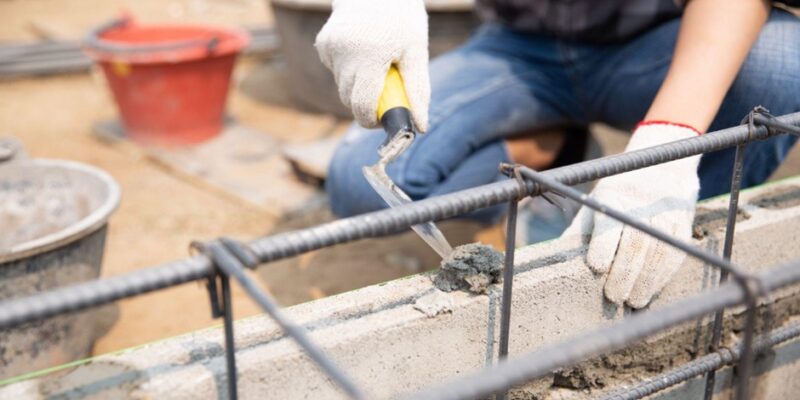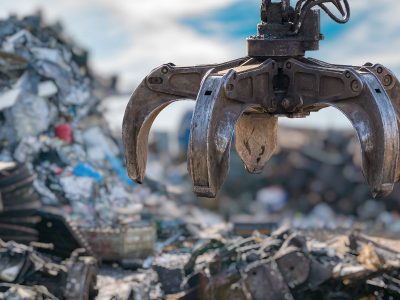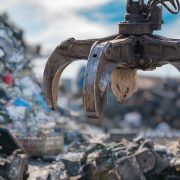Concrete is a fundamental material in the construction industry due to its versatility, durability, and cost-effectiveness. This article explores the various applications and types of concrete used in different construction projects.
Types of Concrete Used in Construction
Concrete comes in various forms, each suited to specific applications. Regular concrete is often used for general construction purposes, such as building foundations, pavements, and residential structures. High-strength concrete, which boasts enhanced durability and load-bearing capacity, is critical for constructing high-rise buildings and large infrastructure projects like bridges.
Lightweight concrete, on the other hand, reduces the overall weight of a structure without sacrificing strength, making it ideal for modern architectural designs that demand both performance and aesthetic appeal.
Applications of Concrete in Construction
Concrete is indispensable in numerous construction activities. Foundations and footings are typically made of concrete due to their ability to provide a stable and robust base for buildings, ensuring the structure’s longevity and safety. Structural components, including beams, columns, and slabs, rely on concrete’s strength to maintain the integrity of the building.
In infrastructure projects, such as roadways and bridges, concrete’s resilience to heavy loads and adverse weather conditions makes it the preferred material.
Concrete in Modern Architectural Designs
Modern architecture frequently utilizes concrete for both its functional and aesthetic properties. Decorative concrete, which includes stamped or colored varieties, is used to enhance the visual appeal of spaces such as patios, floors, and building facades. This type of concrete allows architects to experiment with textures and colors, adding a unique touch to their designs.
Precast concrete, manufactured off-site and transported to the construction location, ensures high quality and reduces construction time. Elements like wall panels, staircases, and even entire building sections can be precast. This streamlines the construction process and improves efficiency.
Environmental Considerations and Concrete
The environmental impact of concrete production and use has led the industry to explore more sustainable practices. Recycled concrete is becoming increasingly common, where crushed concrete from demolished structures is repurposed in new construction projects. This approach not only reduces waste but also conserves natural resources.
Additionally, incorporating supplementary materials like fly ash and slag cement into concrete mixtures can significantly reduce the carbon footprint of construction projects. These materials not only enhance the properties of concrete but also contribute to more sustainable building practices.
Safety and Demolition Considerations
Handling and demolition of concrete structures require careful planning to ensure safety. During construction, protective measures such as wearing appropriate safety gear are crucial to prevent injuries. Efficient demolition techniques, including the use of modern tools and machinery, facilitate the safe and effective breakdown of concrete structures.
These methods also make it easier to recycle and dispose of concrete debris, promoting environmental sustainability.
Conclusion
Concrete remains an indispensable material in construction due to its adaptability and resilience. Understanding its various types, applications, and the importance of sustainable practices can help optimize its use in future projects.














Comments